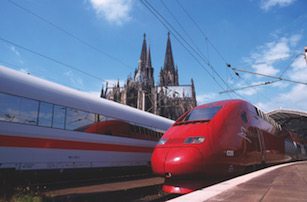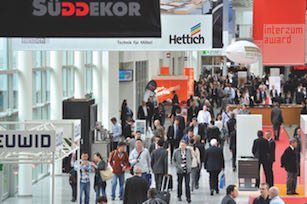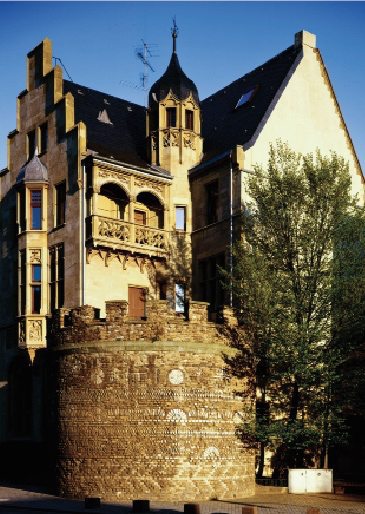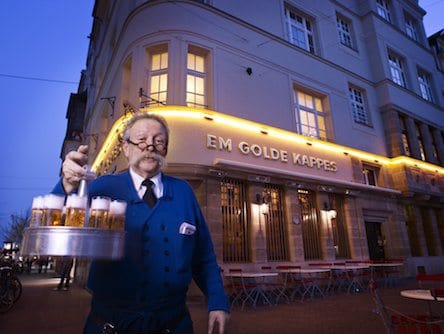Next month’s Interzum Cologne trade fair in Germany is the largest home furnishings components show in the world
BY BARBARA NELLES
It features 1,300 exhibitors from 63 countries. In addition to an entrancing show, Cologne has so much to offer visitors, and we have suggestions on what to eat and where to go during your stay.
But first, a little background on the show. The biennial event is sure to give mattress and sleep products makers an eyeful of the latest innovations from industry suppliers. This special section is your guide to products and services available from exhibitors at the International Sleep Products Association’s Bedding Centre in Hall 10.2, as well as from other ISPA members exhibiting at this show.
It’s important to note when walking the halls of the enormous Koelnmesse Exhibit Complex that most mattress-related components and machinery exhibitors are in halls 9 and 10.
| SHOW INFORMATION |
| Where |
| Koelnmesse Exhibit Complex |
| Cologne, Germany |
| When |
| Tuesday-Friday, May 5-8 |
| Hours: 9 a.m.-6 p.m. daily (visitors); 8 a.m.-7 p.m. daily (exhibitors) |
| More information |
| www.interzum.com/interzum/ |
Time after time, the editors of BedTimes have witnessed products and trends at Interzum “cross over” to become the next big thing in bedding.
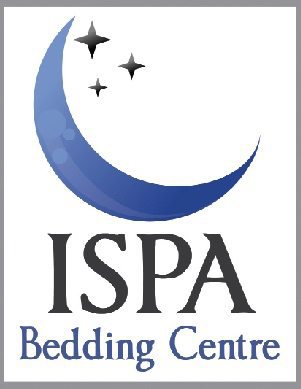
Gazing at gorgeous knit and woven fabrics for beds is one of the pleasures of this show, as are myriad developments on display at foam and latex showrooms.
Expect complete coverage of the show in the July BedTimes. More show news and information will inspire feature stories throughout the year.
The Cool Side of Cologne
Now, let’s turn our attention from the fair to the fair city of Cologne. Do take time to enjoy some of the pleasures of Germany’s fourth-largest city and worldwide tourist destination.
Cologne, featuring more than 2,000 years of history dating back to the Romans, is filled with ancient churches, museums, acres of green space, and hundreds of galleries and exhibitions—from ancient Roman archeological sites to contemporary sculpture and graphics.
The city is divided into nine districts and bisected, north to south, by the beautiful Rhine River. District No. 1, Innenstadt, or the city center, is where Koelnmesse and key tourist destinations can be found.
Walk
A trip to Cologne isn’t complete without a tour of Cologne Cathedral or Kölner Dom.
Towering above the city skyline and seat of the Catholic church in Cologne, the Dom is a UNESCO World Heritage site and Germany’s most visited destination. Construction began in 1248 and took place in several stages over seven centuries. Completed in 1880, the cathedral’s architecture remains true to its original medieval design.
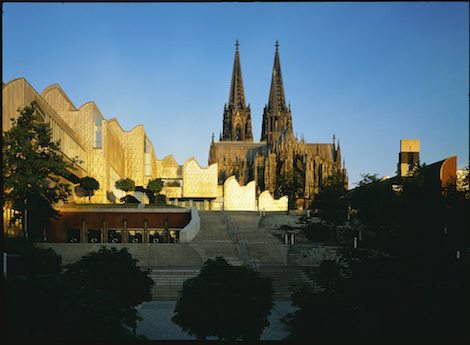
Peruse Museum Ludwig
to appreciate its modern art or tour
Cologne Cathedral, a masterpiece of Gothic architecture.
The immense church is a five-aisled basilica covering more than 86,000 square feet and capable of holding more than 20,000 people. The building has an awe-inspiring cycle of early 14th-century stained-glass windows and houses a shrine with the purported relics of the Three Wise Men, as well as many important works of art and the tombs of many archbishops.
Walk south from the Dom for five minutes and find the impressive, medieval Cologne City Hall (Kölner Rathaus). Built in the 12th century, it is the oldest city hall in Germany still in use.
Turn east toward the banks of the Rhine and walk to Great St. Martin Church (Groß Sankt Martin) in Old Town. The church is one of 12 restored Romanesque churches in Cologne, rebuilt after suffering severe damage—as did most of the city center—during World War II.
Eat
Finish your walking tour by exploring picturesque Old Town and taking a stroll along the Rhine. In Old Town, there are cobblestone streets, old houses, narrow alleyways, gift shops, and plenty of pubs and eateries. Yes, it’s a touristy place, but don’t let that stop you from drinking kölsch, the local beer, and perhaps trying a traditional halven hahn (a cheese sandwich on a buttered rye bun).
If you enjoy a good sandwich, you’re in the right place—even those sold at the airport or train stations pass muster. Snack on sandwiches with thinly sliced salami, cucumber, fresh herbs and mustard on a chewy roll.
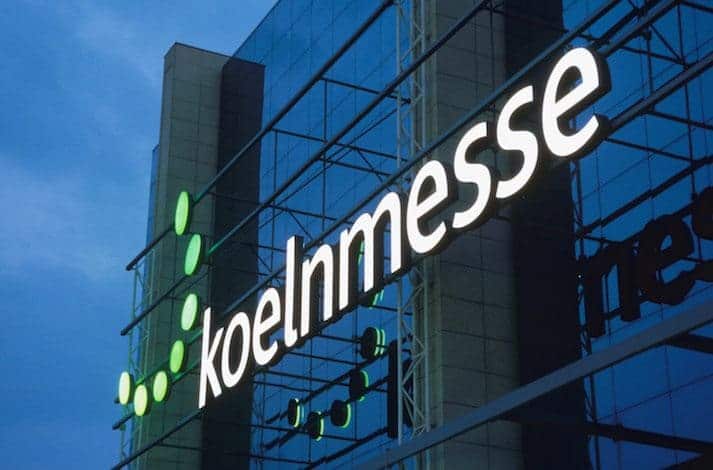
For wine drinkers, the dry, mineral white wines of the Rhine Valley are wonderful. Germany’s favorite varietal is Riesling; other popular white wines to look for are Kerner, Müller-Thurgau and Silvaner. Enjoy!
Peruse, ponder—and party!
The city’s thriving arts scene includes many museums, among them the Museum of Applied Art (Museum fur Angewandte Kunst), Museum Ludwig (modern art) and the Chocolate Museum (Am Schokoladenmuseum). The latter is especially tempting! You also can pay a sobering visit to the National Socialism Documentation Center (NS-Dokumentationszentrum). Set in an old Nazi prison, the museum’s exhibits document the rise of National Socialism. An audio tour is available in English.

After a full day at the trade fair, indulge in some of Cologne’s world-famous kölsch, locally brewed, straw-yellow hued beer and shake off serious thoughts with music and revelry at one of the historic city’s dance venues (photo courtesy of Privatbrauerei Gaffel).
Shake off serious thoughts with music and revelry at one of the city’s many dance venues. If electro or techno is your thing, check out Heinz Gaul nightclub on Vogelsanger Strasse, just west of the city center. Insomniacs can club-hop into the night on Vogelsanger, which also is home to Jack In The Box, Underground Cologne and other night spots.
Too old to stay up that late? Have a seat in the nearest brauhaus and enjoy a kölsch or two. When you’re ready to leave, signal the waiter by placing your coaster on top of your glass—or you may be up drinking all night.
Viel spass! (Have fun!)
TRAVEL TIPS
‘Hilfe!’—and other ‘help!’-ful German words
English is a commonly spoken second language—indeed, many Germans are polyglots—but traveler’s etiquette and emergencies dictate that you master a bit of the native tongue before arriving. Or just keep this German phrase list, courtesy of TripAdvisor.com, in hand.
Dining out
Cash only: Credit cards are less widely accepted in Germany than in the United States and elsewhere in Europe. If you plan to pay for a meal with a credit card, best to ask if they are accepted before ordering.
Seat yourself: Most restaurants do not have hostesses; expect to walk in, find your table and seat yourself.
Ordering: To beckon a waiter or a waitress, raise your hand and say, “herr ober” or “fräulein,” respectively.
Tipping: The expected tip for wait staff is from 5% to 10% of the restaurant check.
Pay your bill: Don’t expect to receive a paper check and to leave your money on the table. Waiters will tell you the amount owed; you respond with how much you are paying—include the tip rounding up to an even euro total—then hand them the cash or your credit card.
Table manners: Rest your hands on the table during a meal—not in your lap. Take care, however, to keep your elbows off the table. Use a knife and fork to eat sandwiches, fruit and most food—not your fingers. But cutting potatoes or dumplings with a knife is considered rude, suggesting the food was not cooked correctly. Instead, cut soft foods with the side of your fork.
Pack a sweater
Average daily temperatures in Cologne during the month of May range from 46-66 degrees Fahrenheit.
MORE INFORMATION
For more ideas—and opinions—about what to do in Cologne, check these social-media and tourism sites:
www.tripadvisor.com
http://en.wikipedia.org/wiki/Cologne
www.cologne-tourism.com
www.cologne.de
www.koelner-dom.de




